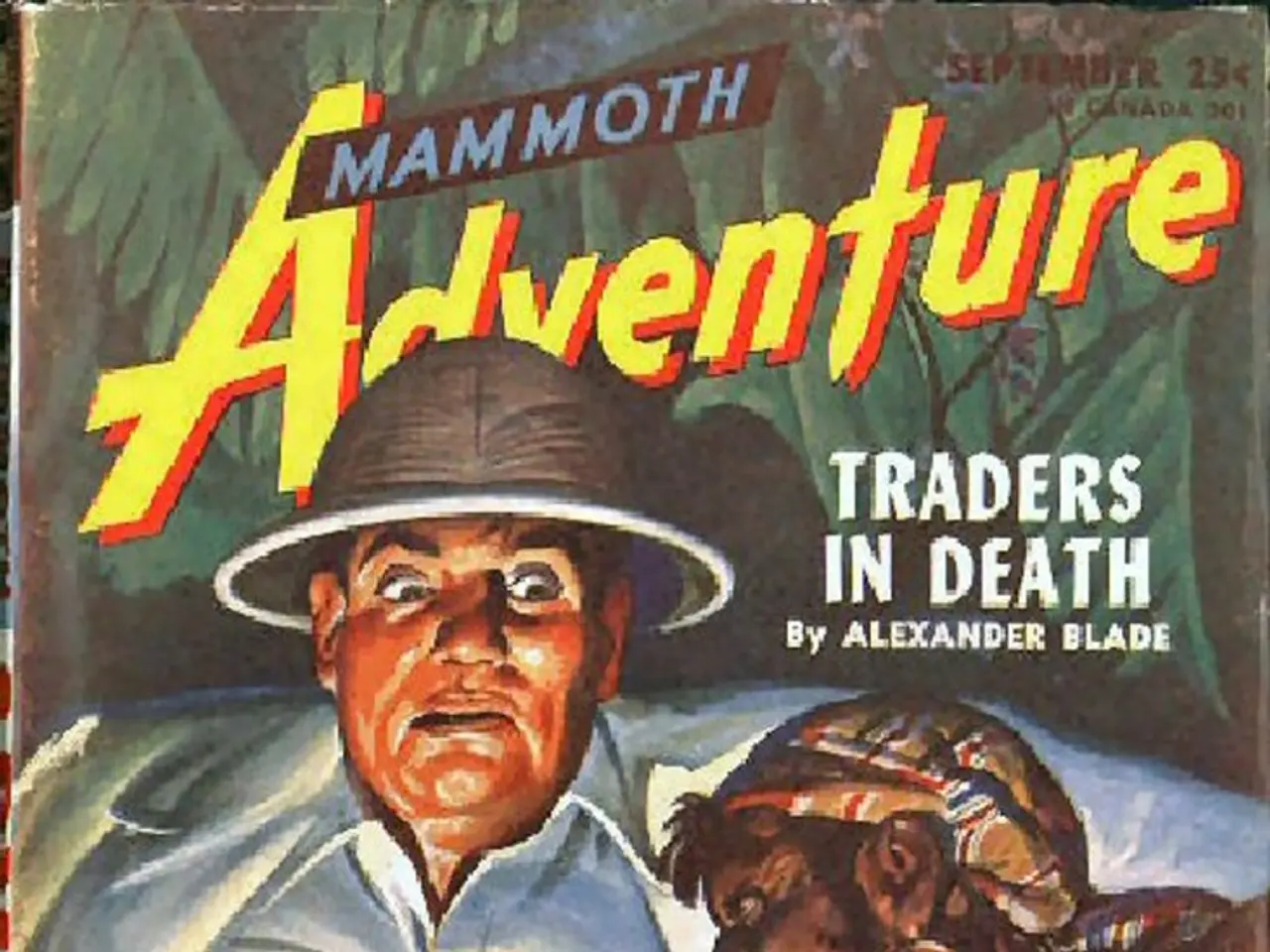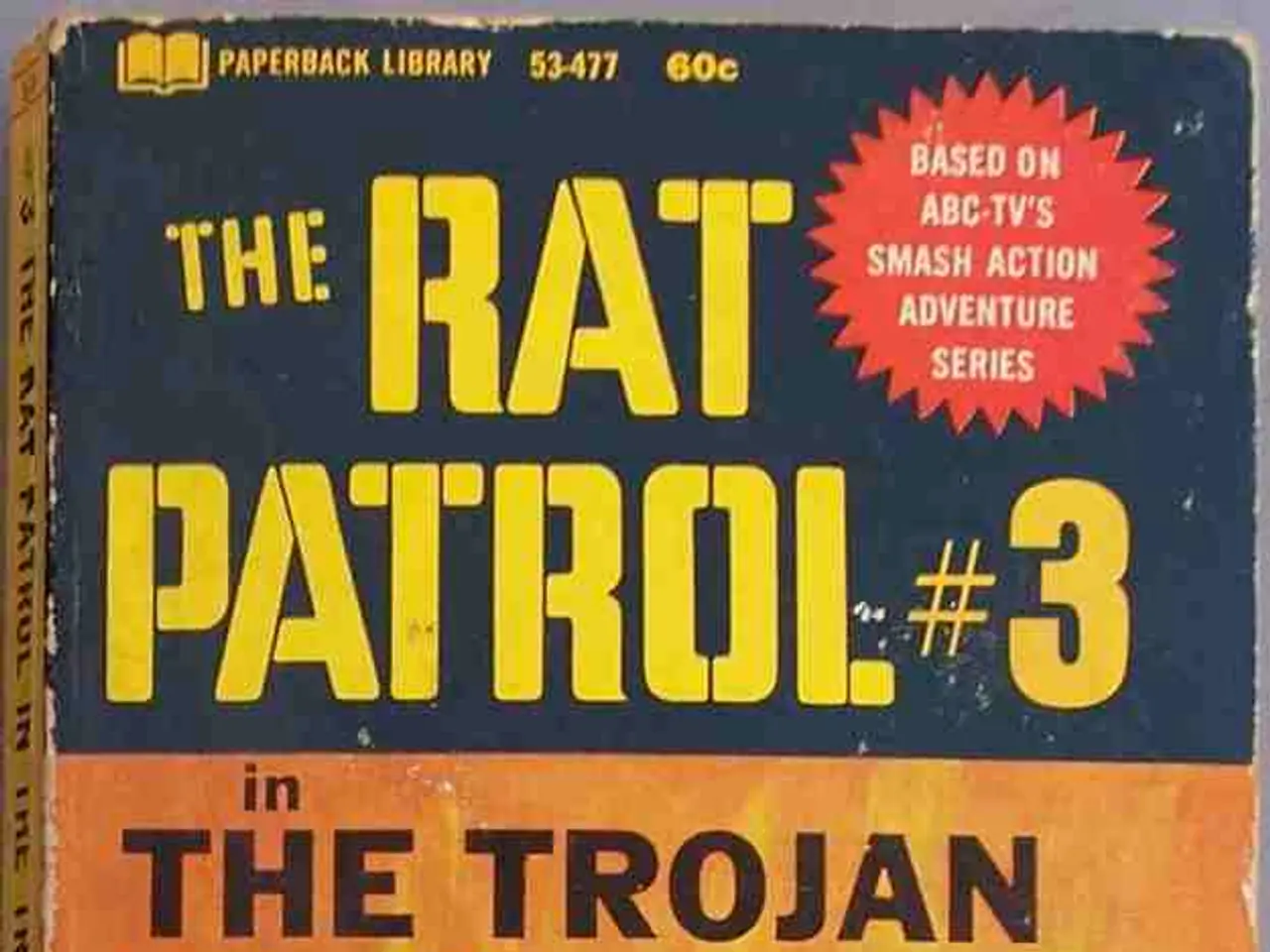Uncovering the Forgotten Legacy of Jazz Music in South Africa
In the 1960s and 1970s, South Africa witnessed a vibrant cultural fusion as township urban dance music and jazz intertwined, creating a unique blend of hard bop, free jazz, and traditional African sounds. This musical evolution, largely nurtured within the Black townships, gave birth to dynamic expressions like mbaqanga, a dance-oriented genre deeply rooted in township life.
One of the most iconic bands during this era was Mahlathini and the Mahotella Queens, who dominated the scene with their mbaqanga music, fusing traditional Zulu singing styles with fast-paced rhythms and high-energy performances. In parallel, jazz musicians like Kippie Moeketsi experimented with hard bop and free jazz styles, incorporating improvisation and political expression into their work.
This music held not only cultural but also political significance, as it expressed the lived realities of apartheid-era oppression through a creative and resilient cultural identity. Musicians often had to perform outside mainstream media due to censorship and bans, playing in less formal locations like outside record stores or township halls.
The apartheid regime actively attempted to suppress this vibrant cultural expression through censorship, labor restrictions, and segregation policies that limited the venues where Black musicians could perform and restricted their exposure in mainstream media and recording opportunities. Radio stations and television limited airtime for Black artists, effectively curbing broadcast reach. Harsh censorship laws restricted lyrics and performances seen as politically subversive, while the government promoted racially segregated cultural institutions and often surveilled or harassed musicians who were outspoken or linked with political resistance.
In response, artists and organizations such as the Union of South African Artists, founded in 1952, sought to create supportive spaces for Black artists, producing musicals and theatrical works that highlighted South African township life and jazz culture despite government efforts to marginalize them.
Winston Mankunku Ngozi's album "Yakhal' Inkomo," meaning 'the bellowing bull,' is one of the most famous jazz records ever made in South Africa. The title was chosen to avoid upsetting the censors, but the song was interpreted by audiences as a symbol of the Black man's pain. The album features an astounding, roaring, anguished cry from Mankunku's saxophone, a testament to the musicians' ability to create beautiful music under difficult conditions.
The suppression of jazz music led many Black musicians to go into exile or underground. Ndikho Xaba, a multi-instrumentalist, made the decision to leave South Africa after a studio session where he was told to only play a single note, a moment he found degrading to his creativity. Chris McGregor, the leader of the Blue Notes, was a white musician who wanted to play non-racial music and left South Africa due to the danger it posed to his Black colleagues.
In 1964, the Blue Notes, a South African jazz band, traveled to Europe for a jazz festival, marking a significant moment in the global recognition of South African jazz. Despite the challenges, the fusion of township dance music with jazz not only entertained but also affirmed community resilience and influenced the development of South African jazz and popular music long after the apartheid era.
[1] Stallworthy, J. (1994). South African Jazz: A History of Its Roots. University of California Press. [2] Du Toit, J. (2002). Jazz in South Africa: The History of a Musical Culture. Indiana University Press. [3] Nzewi, S. (2016). The Politics of Artistic Freedom: The Union of South African Artists, 1952-1994. Ohio University Press. [4] Benson, S. (2003). The Blue Notes: A Story of Jazz in Apartheid South Africa. University of Chicago Press. [5] Porter, B. (2005). The Blue Notes: The African Genius of Jazz. Oxford University Press.
- In the 1960s and 1970s, South African music scene was dominated by the fusion of township dance music and jazz, resulting in iconic albums like Winston Mankunku Ngozi's "Yakhal' Inkomo," which not only provided entertainment but also symbolized the resilience of the oppressed.
- Despite censorship and bans, jazz musicians like Kippie Moeketsi and Ndikho Xaba, who went into exile or underground, continued to experiment with hard bop and free jazz styles, creating music that mirrored the political struggles of apartheid-era South Africa.








